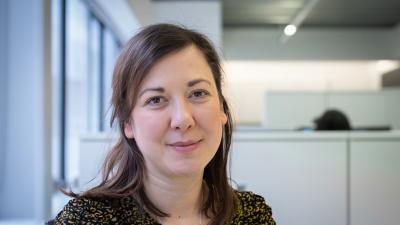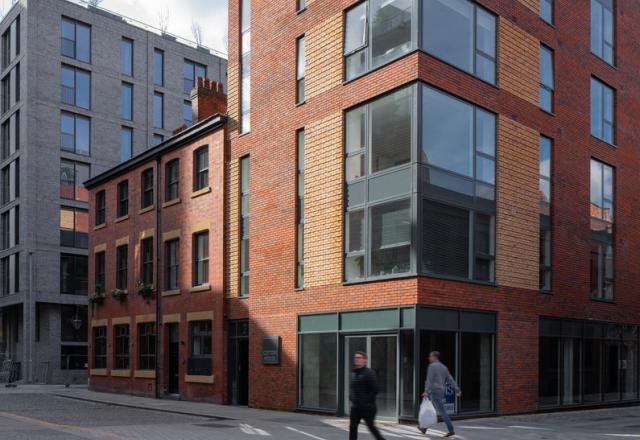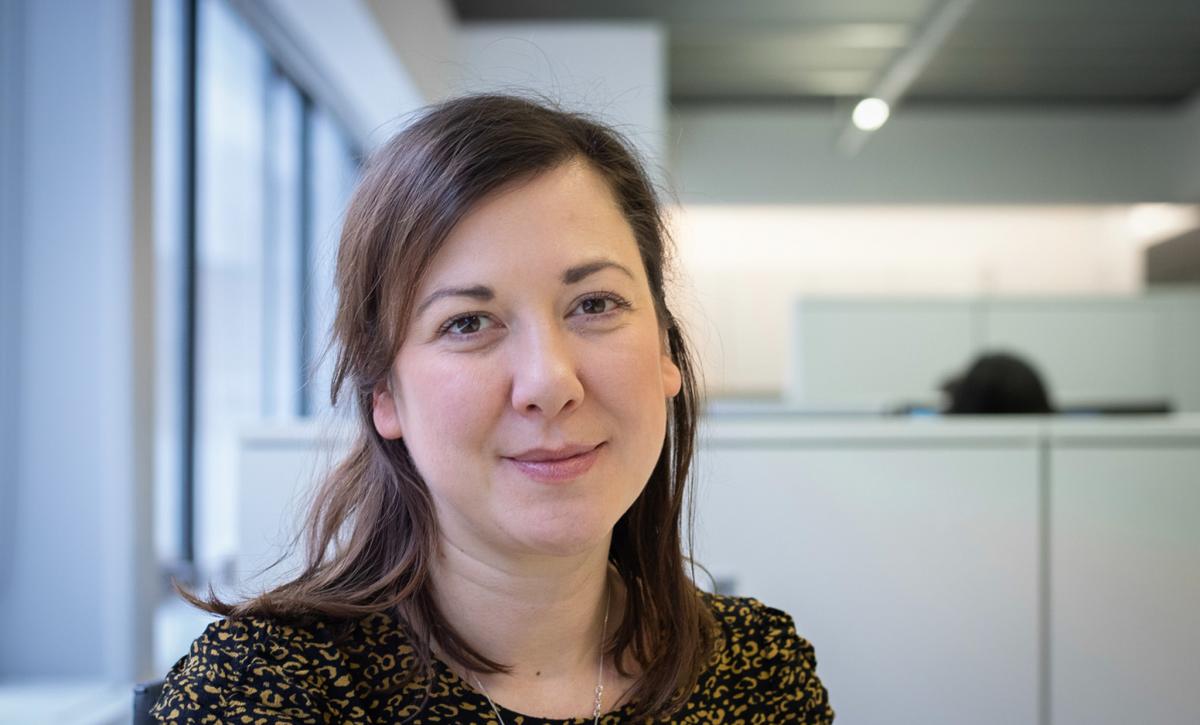
In the latest in our ‘Behind the B’ series, we chat to Senior Architect, Lucy Brackenbury. As part of our residential team, Lucy has worked on a variety of housing projects from city centre mixed-used schemes to estate renewal projects. Here, she discusses the future of residential design and working with the next generation of design professionals.
What drew you to a design career?
As a child, I was always very creative. Throughout school, I had a strong interest in theatre, set design and interiors. As I got a little older, I wanted to channel my interest and passion for art into a practical career so architecture felt like a natural fit.
What does good design mean to you?
For me, good design is considered design. You can come up with an amazing concept, but it’s not well designed if it doesn’t function properly, fulfil a purpose or help improve the way people live. The best designs are those where you can see from the output that the process has been scrutinised and well thought-out.
What do you enjoy most about working on residential and regeneration projects?
What I enjoy most is the opportunity to enrich people’s lives through design. While the design outcome is important, the process can be even more so and I really enjoy working with communities and speaking to residents to understand their needs and then translating that into buildings and spaces that help fulfil their aspirations. Ultimately it’s their neighbourhood, not ours, so by adopting a collaborative process we’re able to deliver something that’s been shaped by the community and that they have ownership of.
On top of this, being able to create people’s homes - the spaces that house their families and where they play out their lives - to me, is a really special thing.
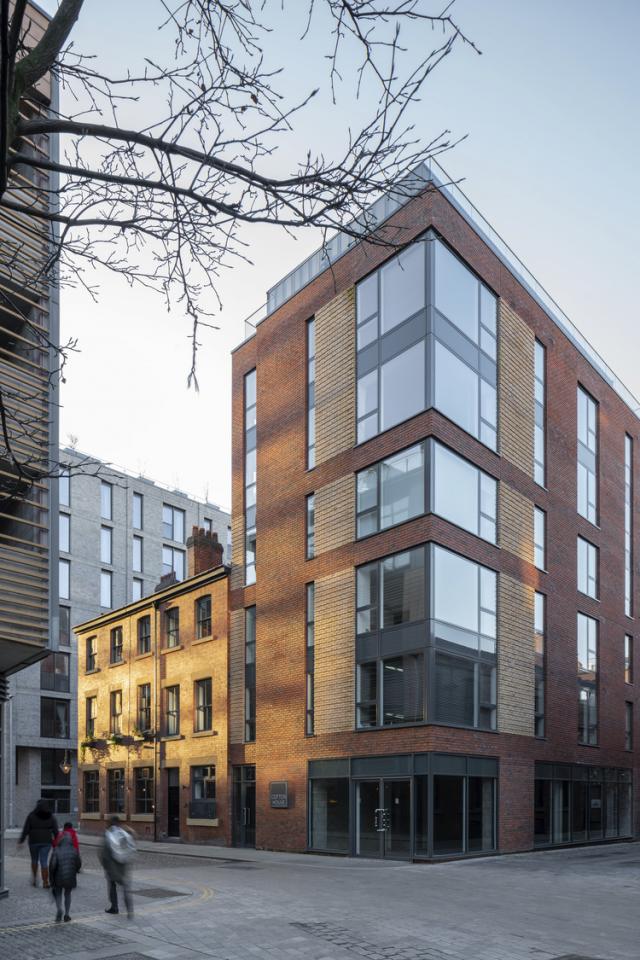
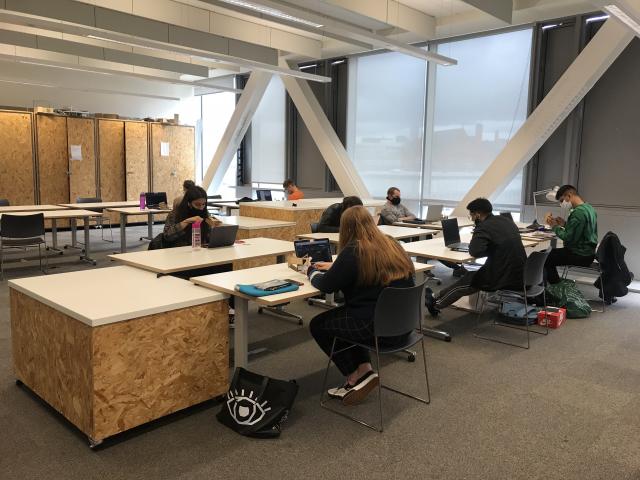
What might change about our homes over the next few years?
Over the past 12 months, the distinction between work life and home life has disintegrated and the spaces within our homes now serve multiple purposes. Living rooms have doubled as classrooms and spare bedrooms now function as office space. Long term, I think we are going to see residential design evolve to allow occupants to more effectively structure their homes around their working lives. This might mean a move away from open-plan layouts to rooms that can be closed off to allow them to work in peace.
I also think we’re also going to see technology further integrated into our homes. Working from home has meant that several household members are using laptops, tablets and smartphones at the same time, throughout the day. This creates a need for infrastructure within homes that can support use of all of these devices.
What’s the favourite project you’ve been involved in since working at Buttress?
I would have to say Cotton Square, a mixed-use development of apartments, townhouses and commercial space in Manchester city centre. It was the first project I had worked on where I was able to take it from concept design right through to completion. The scheme sits on a prominent site in Ancoats, a neighbourhood that’s undergone significant regeneration in recent years, and it’s great to see how it’s knitted into the area and contributed to its revival.
What does your work at the University of Salford involve?
My role at the University of Salford is as a part-time academic where I’m teaching both first and third year undergraduates.
I support the first years in their first semester introducing the first principles such as orthographic drawings, sketching and design while the third year project is called ‘The Architecture of Food Uptopias: Culinary Materialism' and the brief is to develop a project focused on 21st urban agriculture, located in Middlewood Locks, Salford. Working with the students is a rewarding experience because it takes you back to your roots and allows you to share your experiences and insight to support the students’ development.
Lucy Brackenbury
Lucy is an enthusiastic and creative architect who specialises in projects that have a strong community emphasis.
